
Quantum Efficiency Tester
PL/EL Integrated System
PV-Reflectumeter
3D Confocal Microscope
In-Line Four Point Probe Tester
Four Point Probe Tester
In-Line Thin Film Thickness Tester
Raman Spectrometer
FTIR Spectrometer
Spectrophotometer
Automatic Spectroscopic Ellipsometer
Contact Resistance Tester
Ultra depth of field 3D microscope
Auto Visual Tester
VMM PV Vision Measuring Machine
Solar Cell Horizontal Tensile Tester
Steady State Solar Simulator for Solar Cell
Solar Cell UV Aging Test Chamber
Solar Cell Comprehensive Tensile Tester
Visual Inspection Tester
Wet Leakage Current Tester
PV Module EL Tester
PV Module UV Preconditioning Chamber
Steady State Solar Simulator for PV Module
Current Continuous Monitor
Potential Induced Degradation Test
Bypass Diode Tester
LeTID Test System
Reverse Current Overload Tester
Impulse Voltage Tester
Hipot Insulation Tester
Ground Continuity Tester
Hipot Insulation Ground Tester
Damp Heat Test Chamber
Humidity Freeze Test
Thermal Cycle Test Chamber
Dynamic Mechanical Load Tester
Static Mechanical Load Tester
Hail Impact Tester
Robustness of Termination Tester
Module Breakage Tester
Cut Susceptibility Tester
Peel Shear Strength Tester
Universal Testing Machine (Single-arm)
Universal Testing Machine (Double-arm)
Glass Transmittance Tester
Acetic Acid Test Chamber
EVA Degree of Crosslinking Test System
Junction Box Comprehensive Tester
Drop ball tester
Semi-automatic scanning four-probe tester
Stylus Profilometer
Maximum Power Point Tracker
Perovskite Glass Transmittance Tester
Perovskite P1 Laser Scribing Multifunctional Testing Machine
Perovskite Online PL Tester
Perovskite Online Sheet Resistance Tester
Online Perovskite Film Thickness Tester
Perovskite Process Inspection Workstation
Portable IV Curve Tester
Portable EL Tester
Portable Thermal Imaging Tester
Solar Module Multi-Channel Testing System
PV Inverter Power Quality Tester
Drone EL Tester
IV Tester
IVEL Cell Sorting Machine
Study on the Effects of Deposition Temperature and Sputtering Power on the Properties of ITO Films
Date : 2024-03-04Views : 125
ITO films play a vital role in improving the efficiency of heterojunction solar cells, while optimizing the electrical and optical properties of ITO films to maximize the efficiency of solar cells. Deposition temperature and sputtering power are also important parameters in the preparation process of ITO films. Both have a great impact on the resistivity and transmittance of ITO films. Millennial Four Point Probe Tester can help users optimize the electrical characteristics of solar cells, and Millennial Spectrophotometer supports measurement in the ultraviolet to near-infrared region, opening up a new future for optical detection! This article will explain to you the effects of deposition temperature and sputtering power on the electrical and optical properties of ITO films.

Deposition temperature
1. Electrical properties
Deposition temperature affects the performance of ITO films by changing the microstructure during growth. As the deposition temperature increases, the carrier concentration first increases and then decreases, because when the deposition temperature increases, Sn4+ is more conducive to replacing In3+, thereby increasing carriers. When the temperature is 190°C, the carrier concentration decreases. This is because Sn can fully react with O2 at high temperatures to generate an oxide with a relatively complete composite stoichiometric ratio, resulting in a decrease in carrier concentration. However, the mobility increases with increasing deposition temperature and reaches a maximum value at 270°C. The reason is that an increase in deposition temperature increases crystallinity, which helps increase mobility.
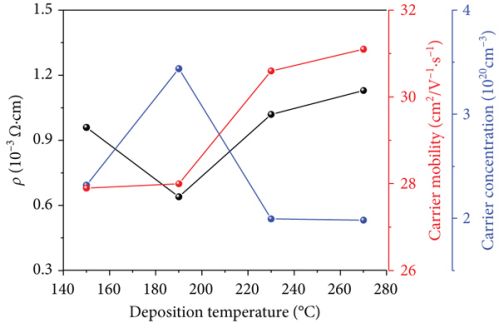
Deposition temperature affects the electrical properties of ITO films
2. Optical properties
The transmittance of the ITO film increases as the deposition temperature increases, reaching a maximum value of 90.9% at 270°C. On the one hand, Sn4+ is more conducive to replacing In3+ at high deposition temperatures, thereby generating less low-priced brown oxides and thereby increasing visible light transmittance. On the other hand, it can improve crystallinity at high deposition temperatures.
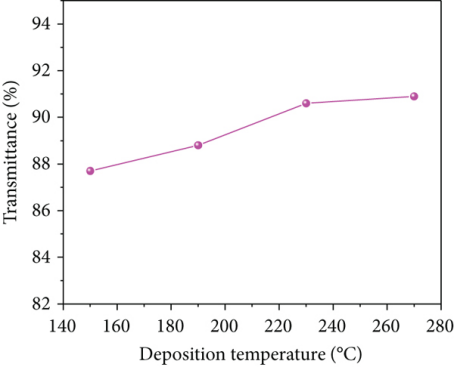
Deposition temperature affects the optical properties of ITO films
Sputtering power
Sputtering power also plays a very important role in the conductive properties of the ITO film, which in turn affects the density of the ITO film and the adhesion to the silicon wafer by affecting the energy of the sputtered particles.
1. Electrical properties
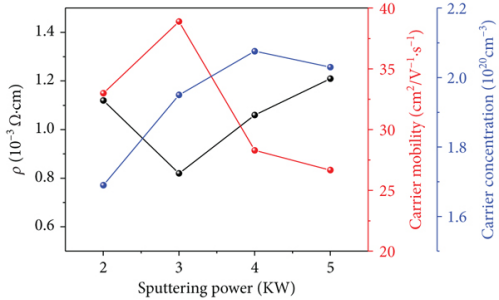
Sputtering power affects the electrical properties of ITO films
As can be seen from the figure above, the carrier concentration increases with increasing sputtering power. Since higher sputtering power will produce a large number of sputtered particles, under the same oxygen content, the oxygen is not enough to fully oxidize the sputtered particles, thereby increasing the carrier concentration. As the sputtering power increases, the migration first increases and then decreases. As the sputtering power increases, argon ions can obtain higher energy, which is beneficial to improving the adhesion between the ITO film and the substrate, thus improving the crystal structure of the film and further increasing the carrier mobility. However, when the sputtering power continues to increase, the film will be damaged and the carrier mobility will decrease. Therefore, the resistivity of the ITO film first decreases and then increases as the sputtering power increases. Additionally, the sputtering power should not exceed the threshold. On the one hand, if the sputtering power is too high, high-energy particles will cause damage to the film, further affecting the conductive properties of the film. On the other hand, ceramic targets are highly brittle and can easily break when bombarded with high power.
2. Optical properties
As the sputtering power increases, the transmission of the ITO film first increases and then decreases slightly. The sputtered particles are limited under low sputtering power, and the sputtered particles can be completely oxidized by oxygen to generate high-resistance, transparent oxide; therefore, the transmittance can reach more than 90%. However, as the sputtering power increases, the number of sputtered particles increases. When the oxygen content remains unchanged, only some particles are oxidized, resulting in a decrease in the transmittance of the ITO film. In addition, as the sputtering power increases, the carrier concentration reaches a maximum value, resulting in a decrease in transmittance.
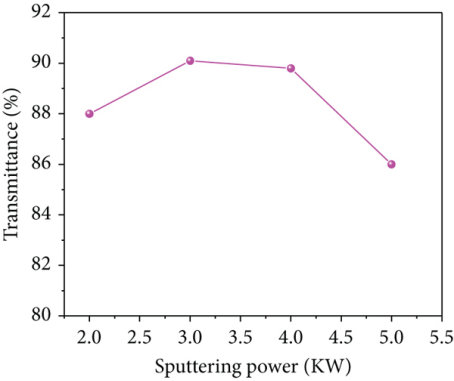
Sputtering power affects the optical properties of ITO films
Four Point Probe Tester
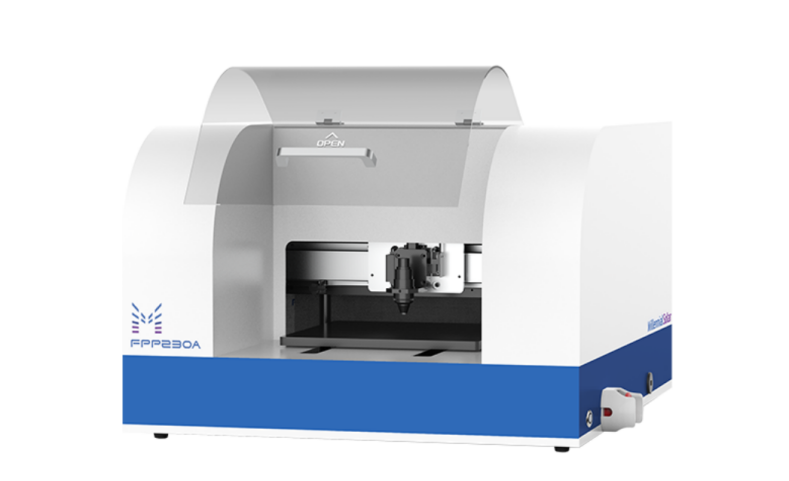
E-mail: market@millennialsolar.com
Millennial Four Point Probe Tester can quickly and automatically scan samples up to 230×230mm to obtain sheet resistance/resistivity distribution information at different locations of the sample. It can be widely used in photovoltaics, semiconductors, alloys, ceramics and many other fields.
● Ultra-high measurement range, measuring 1mΩ~100MΩ
● High-precision measurement, dynamic repeatability can reach 0.2%
● Fully automatic multi-point scanning, multiple preset schemes can also be customized and adjusted
● Rapid material characterization and automatic correction factor calculation
Spectrophotometer
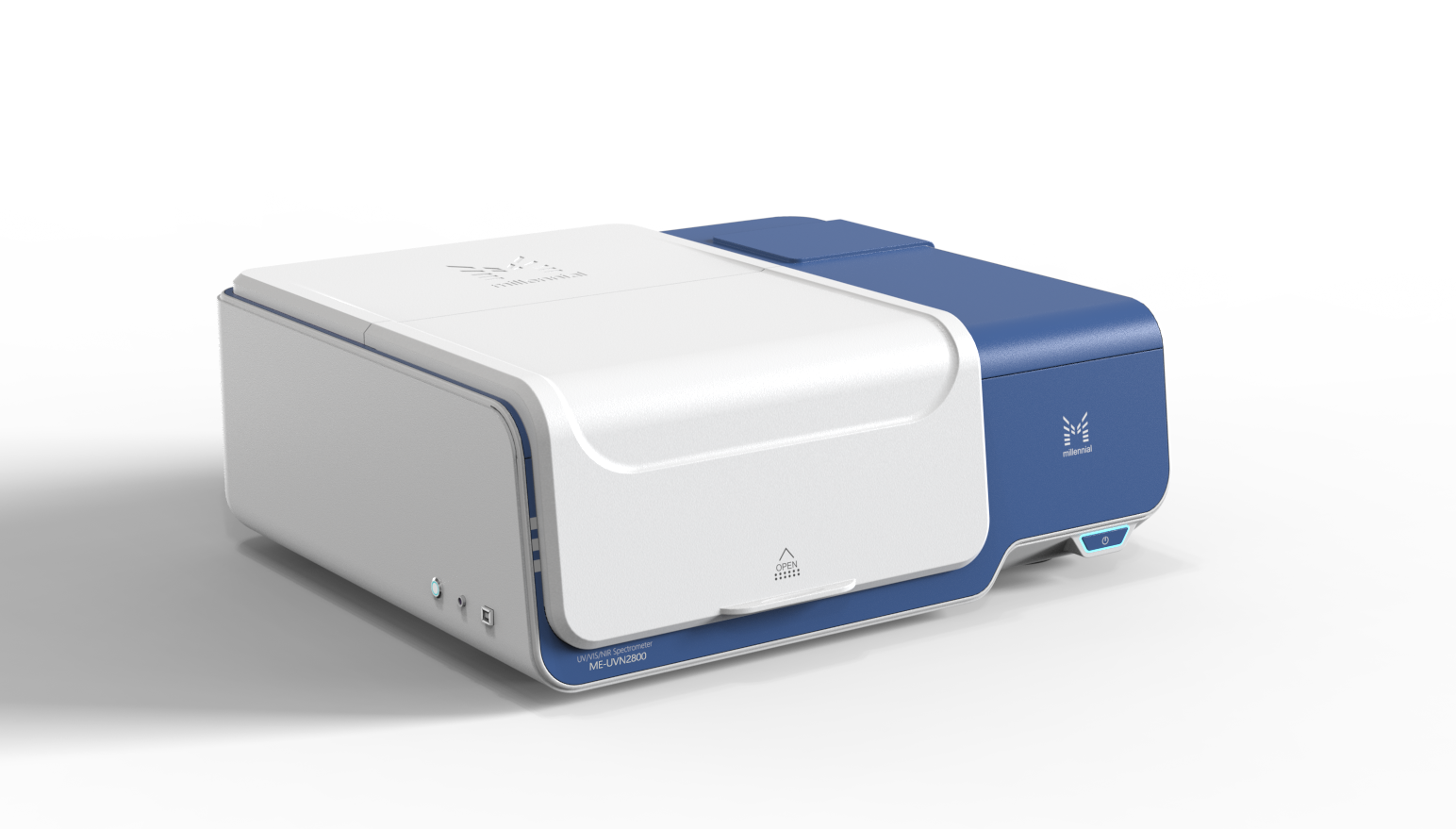
E-mail: market@millennialsolar.com
Millennial Spectrophotometer supports the measurement of solar transmittance in a wide range of wavelengths from the ultraviolet region to the near-infrared region, providing strong support for solar cell efficiency analysis. The equipment adopts a unique dual-beam optical design, which can perfectly correct the absorbance changes of different sample matrices, so that the sample can be measured stably. It has the advantages of wide testing range, high precision and good stability.
● Adopt dual light source and dual detector design, wavelength range 190-2800nm
●Double grating optical structure effectively reduces stray light
● The diameter of the integrating sphere can reach 100mm. It will not turn yellow after long-term use and has stable optical performance.
ITO film has excellent conductivity, transmittance and reflectivity, and its performance is determined by the preparation process. High efficiency and low cost have always been the goals pursued by the photovoltaic industry. Millennial Solar is willing to help users continue to make breakthroughs and innovations in the technical optimization of the electrical and optical performance of solar cells, achieve higher cell conversion efficiency, and work with users to advance technology in the photovoltaic industry. Keep moving forward on the road of development.
Part of this article is quoted from:
Guoping Huang, Guixiang Zhao, Xixi Huang, Hao Zhuang, Zhongjian Zhang, Ronggang Gao, Fengxian Xie, "Influence of Deposition Parameters of ITO Films on the Performance of HJT Solar Cells", International Journal of Photoenergy, vol. 2023, Article ID 1065503 , 8 pages, 2023. https://doi.org/10.1155/2023/1065503

































































